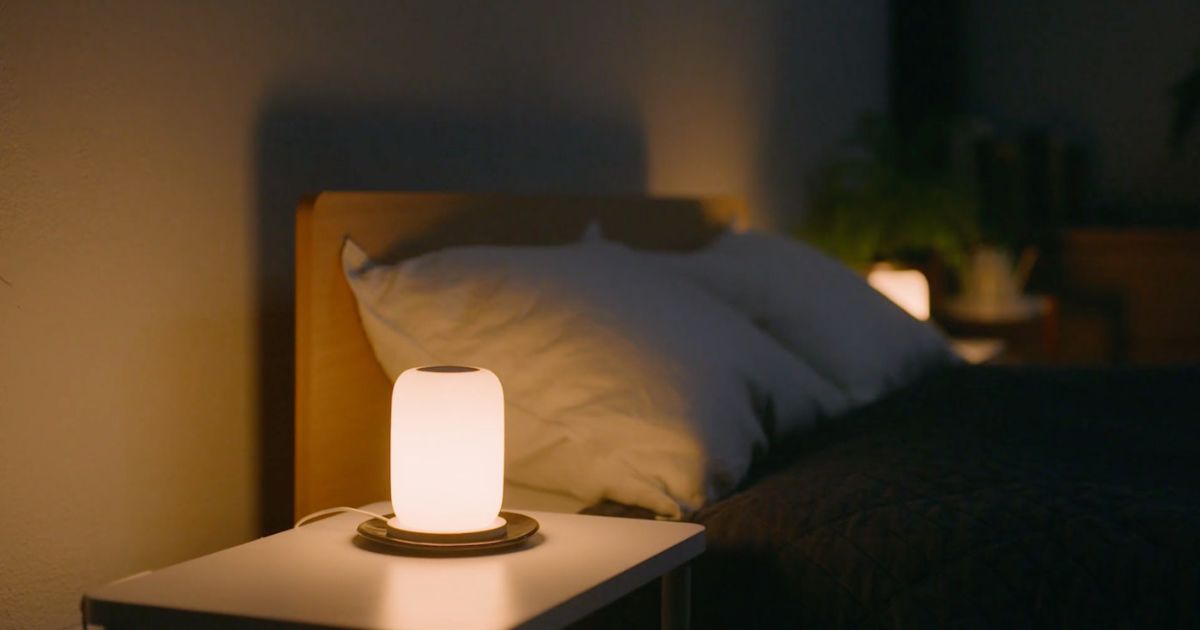LED lights may glow when switched off due to residual voltage in the circuit, caused by capacitors or wiring issues. Incompatibility with dimmer switches can also contribute to this problem. This phenomenon results in energy wastage and can be resolved through proper troubleshooting, ensuring correct installation, and selecting compatible components.
“Discover the mystery behind why your LED lights glow even when you’ve switched them off. Uncover the causes, from residual voltage to dimmer switch compatibility, and take action to save energy and ensure electrical safety. Don’t let your LED lights keep you in the dark – find the answers you need and make your lighting eco-friendly and hassle-free today!”
LED lights may glow or exhibit the issue of ‘LED Lights Flashing Different Colors‘ when switched off due to residual voltage in the circuit. This residual voltage is caused by capacitors in the LED driver or wiring. It can also occur if there’s interference from other electronic devices or if dimmer switches are not compatible with the LEDs. To prevent this issue, choose compatible dimmer switches, troubleshoot for interference, and ensure proper wiring.”
Key Takeaways
- LED lights can glow when switched off due to residual voltage in the circuit, which is caused by capacitors in the LED driver or wiring.
- Interference from other electronic devices or crossed wires can also cause LED lights to glow when turned off.
- Incompatibility between dimmer switches and LED bulbs may lead to this issue, and using dimmers specifically designed for LEDs can help.
- Glowing LED lights when off can lead to energy wastage and environmental impact, making it important to address this problem.
- Identifying the root cause, resolving issues, and practicing proper installation and maintenance are essential for preventing LED lights from glowing when switched off.
Understanding LED Lights
Understanding LED (Light Emitting Diode) lights is crucial in the modern era of energy-efficient lighting. LEDs are semiconductor devices that emit light when an electric current passes through them. Unlike traditional incandescent bulbs, LEDs produce light without generating much heat, making them highly energy-efficient. They are versatile and used in various applications, from household lighting to automotive and display technologies.
Common applications of LED lights
LED lights have found versatile applications across various sectors. They are commonly used in domestic settings for energy-efficient lighting, in the automotive industry for headlights and taillights, and in electronic displays such as TVs and computer screens. LEDs also illuminate our streets as traffic signals and streetlights, and they’re integral in decorative and architectural lighting, enhancing the aesthetics of buildings and public spaces.
How LED lights differ from traditional incandescent bulbs
LED lights differ significantly from traditional incandescent bulbs in terms of both technology and performance. Unlike incandescents, LED bulbs operate by passing an electric current through a semiconductor to produce light, resulting in substantially lower energy consumption and longer lifespan.
| Causes | Solutions |
|---|---|
| Residual voltage | Use load resistors |
| Electrical interference | Identify and eliminate interference |
| Wiring issues | Check for crossed or poor wiring |
| Incompatible dimmer switches | Replace with LED-compatible dimmers |
Causes of LED Lights Glowing When Switched Off
LED lights glowing when switched off can be attributed to several factors. Residual voltage, caused by capacitors in LED circuits, is a primary culprit. Electrical interference from nearby sources, wiring issues, and incompatible dimmer switches also contribute to this phenomenon. Understanding these causes is essential for effective troubleshooting and rectification.
Residual voltage and capacitance
Residual voltage and capacitance can be responsible for the perplexing phenomenon of LED lights glowing when switched off. Residual voltage refers to the low, lingering electrical charge that remains in the circuit even when the switch is off, which can power LEDs to emit a faint light.
Meanwhile, capacitance, often found in LED drivers, can store and discharge energy, contributing to this unwanted glow. Understanding these electrical factors is crucial for effectively troubleshooting and resolving the issue.
Electrical interference
Electrical interference refers to unwanted and disruptive signals or noise that can affect the performance of electronic devices and electrical systems. These disturbances often result from various sources, including radio frequency interference (RFI) and electromagnetic interference (EMI). Electrical interference can lead to issues like static on communication devices, distorted audio or video signals, and can even cause LED lights to glow when switched off due to electrical disruptions in the wiring.
Sources of interference
Sources of interference in electrical circuits can lead to unwanted and sometimes problematic effects. These disturbances can originate from various sources, including neighbouring electronic devices, power surges, or even radiofrequency signals.
When interference occurs, it can disrupt the normal functioning of equipment, causing issues such as LED lights glow when switched off. Identifying and mitigating these sources of interference is crucial for maintaining the integrity of electrical systems and preventing unexpected disruptions.
Implications of LED Lights Glowing

The implications of LED lights glowing when switched off are twofold. Firstly, it results in wasteful energy consumption, increasing electricity costs and environmental impact. Secondly, it poses potential electrical safety hazards, making it essential to address this issue promptly.
Energy consumption
Energy consumption refers to the amount of energy used by individuals, businesses, and societies to power various activities, devices, and systems. It encompasses the electricity, fuel, and resources required for heating, cooling, transportation, and more. Monitoring and reducing energy consumption are crucial for environmental sustainability and cost efficiency.
Potential hazards
Potential hazards refer to circumstances or conditions that pose risks to the safety and well-being of individuals or property. These dangers can range from electrical faults, chemical exposure, to physical risks, and more. Identifying and mitigating potential hazards is crucial in various settings, from the workplace to home environments.
Electrical safety
Electrical safety is paramount in every aspect of our lives. It involves precautions and practices aimed at preventing electrical accidents, such as fires, shocks, and equipment damage. Proper installation, regular maintenance, and adherence to safety guidelines are essential to ensure that electrical systems, appliances, and devices are used without risk.
FAQs
How do I stop my LED from glowing when off?
Ensure proper wiring and use compatible dimmer switches to stop your LED from glowing when switched off.
Why light glowing even when switched off?
LED lights can glow when switched off due to residual voltage in the circuit or incompatibility with dimmer switches.
Why are my LED lights ghosting?
LED lights may ghost due to residual voltage in the circuit, electrical interference, or dimmer switch compatibility issues.
How do I get rid of Ghost current?
To get rid of ghost current, ensure proper grounding and use load resistors or compatible dimmer switches for your LED lights.
Why do my LED lights glow when switched off?
LED lights may glow when switched off due to residual voltage, electrical interference, or incompatibility with dimmer switches.
Conclusion
In conclusion, the phenomenon of LED lights glowing when switched off can be attributed to various factors, such as residual voltage, electrical interference, wiring issues, and incompatible dimmer switches. Understanding and addressing these causes is crucial, not only to prevent energy wastage but also to ensure electrical safety.
It is essential to troubleshoot and implement appropriate solutions, including replacing dimmer switches, rewiring circuits, or using load resistors. By following best practices in LED lighting installation, selecting compatible components, and conducting routine maintenance, we can effectively prevent this issue, promote energy efficiency, and maintain a safe and reliable lighting environment.













